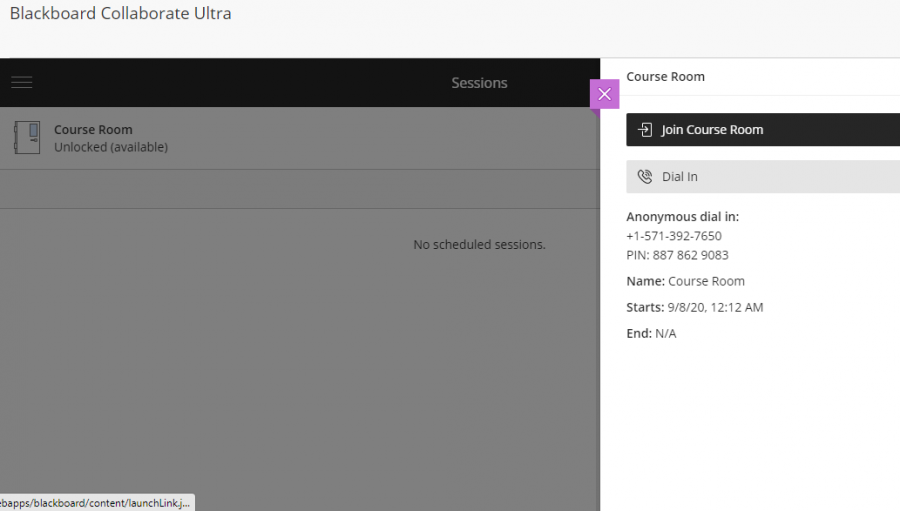When to Draw the Line
Students and teachers alike wonder how long it will be before we are completely remote once again.
This year, students and teachers are learning the ins and outs of Blackboard Collaborate.
November 10, 2020
This past Sunday evening, phones rang all across the district, alerting students not to come into school the following Monday. It was told that too many teachers were in quarantine, and not enough substitute teachers could cover.
Starting Monday, 11/9, students and staff would be reporting to school via Blackboard Collaborate. While the school hopes to return to in-person teaching next Monday, 11/16, many wonder if the shutdown will last even longer. After all, two weeks quickly turned into six months the last time North Allegheny shut down.
Last Friday, the United States set a new daily record of 132,000 new cases in just a single day. As the number of COVID-19 cases slowly rises, many believe a new lockdown is a shoo-in.
Many more questions are being asked, as the winter months approach. Will the cold temperatures increase the number of people contracting the virus?
During the cold season, people spend much more time indoors with windows shut, breathing in the same air as those around them. On top of that, viruses actually thrive more in cold and dry air than they do in hot weather.
Though the lockdown is not ideal for many students, NASH junior Emily Yanchak thinks it’s important to control the spread.
“I personally think it might become permanent,” she said. “The number of cases is going up, so it might be a good idea if we do remote at home to stay safe.”
On the other side, however, some students are bummed about learning from home
“I think the break could turn into a longer break because the cases are going up,” junior Emily Gierczynski said. “It would make me sad not going to school because I won’t be able to see my friends or wear any new clothes.”
Jumping around from home to school is also making some people feel disgruntled. According to Dr. Ramon Solhkhah from the Department of Psychiatry at Jersey Shore University Medical Center, “The pandemic has left many people feeling adrift because those daily routines that were essential to us before the COVID-19 crisis have evaporated and has been replaced by uncertainty, and a lack of structure that can contribute to stress, anxiety and even clinical depression.”
Back in March, students left their schools thinking it would be a sweet and simple two-week break. Most were ecstatic. As the date of return was continuously pushed back, however, students tried to keep morale high.
Many speculated that the virus would disappear in the summer due to the humidity. But as the temperature went up, so did the number of cases.
Along with students, teachers have had to learn new ways to adapt to school in the era of COVID-19.
“I am optimistic about us returning to school in some way, shape, or form, although I do feel prepared if we need to move out of the classroom again,” said Madame Stroud, a NASH French teacher.
Stroud, who has been at home for the last few weeks with her kids, misses the school environment.
“I just spent two weeks at home with my three young kids and, while I love them more than the sun, moon, and stars, I need to get back to school,” she said.
While some recognize the potential threat of in-person education, Mrs. Tallerico feels the school has adapted well.
“I have felt incredibly safe in regard to all the safety protocols that have been put into place at NASH,” she said. “Teaching online has been challenging—it’s not something I ever thought I would have to do when I entered the education field. I do believe, however, that NA has made it a seamless transition.”
With no end in sight, teachers have had to prepare for the worst.
“Unfortunately, the number of COVID-19 cases is going up in a dramatic fashion, both locally and nationally as it was predicted,” said Honors History teacher, Mr. Lyons. “This would lead us to be in more of a remote learning environment than a hybrid one.”
With the constant uncertainty, students and staff members are trying to take things one step at a time. No one is positive if or when we will be able to stay in-person, even if it’s just two days a week.











